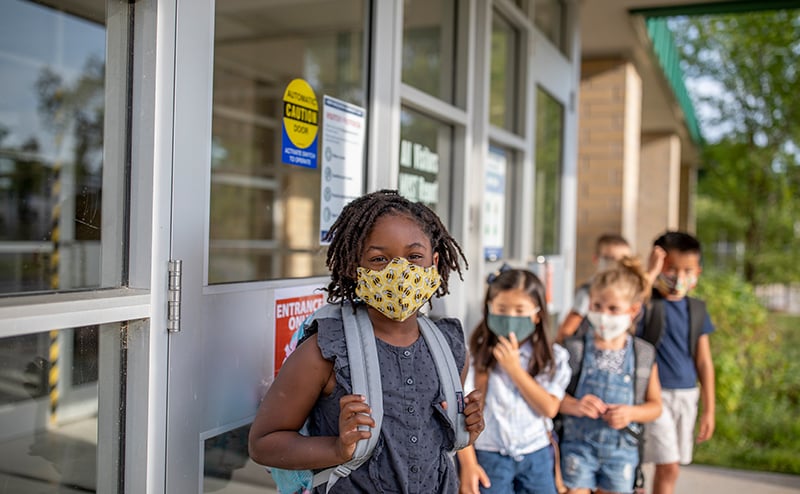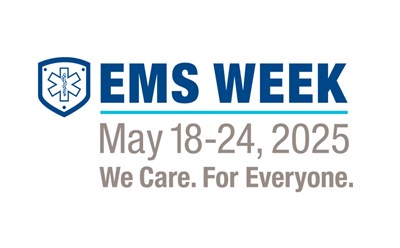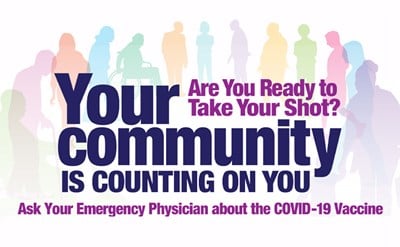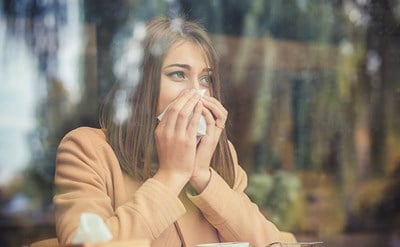The American College of Emergency Physicians (ACEP) continues to urge everyone to wear a mask when appropriate to help slow the spread of COVID-19.
The Centers for Disease Control and Prevention (CDC) recommends that people in regions with significant community spread of COVID-19 wear a mask indoors regardless of their vaccination status. Vaccinated individuals should also continue to wear a mask in public if they live with people who are immunocompromised or unvaccinated (including children under 12).
Evidence shows that the virus can infect anyone and that people can spread the virus before they even know they have it. Covering your face protects you and those around you from infectious droplets emitted when someone talks, breathes, coughs, or sneezes.
Choosing a Mask
As you choose how to cover your face, here are some options and recommendations to consider. When you wear any mask, it should completely cover your nose and mouth, and fit snugly against the sides of your face.
If you wear a reusable cloth mask, ensure that it has multiple layers of tightly-woven, breathable fabric and a nose wire. If you hold the mask in front of a bright light source, it should block the light. You should wash your mask daily with water and soap or detergent.
You may also wear a disposable medical mask with a nose wire. Wearing a well-fit cloth mask over your disposable mask can improve the fit and provide extra protection. You should not reuse your disposable masks.
KN95 masks are a type of filtering facepiece respirator commonly made in China, similar to N95 masks, but take care when purchasing them. While KN95 masks that meet the requirements set by the CDC’s National Institute for Occupational Safety and Health are acceptable for use, many of the ones for sale are counterfeit. Unlike with typical disposable masks, you should not wear another mask over a KN95 mask because it can disrupt the fit.
N95 masks should continue to be reserved for health care workers. Additionally, we do not recommend using any masks with an exhalation valve or vent, which allows air to be expelled out through holes in the material and potentially spread COVID-19 to others. Face shields are not recommended, and scarves, ski masks and balaclavas are not adequate substitutes for masks.
You can learn more about how to cover your face and stay safe from the CDC's guide to masks.
While it's important to always know when to go to the emergency room, wearing a mask and staying home as much as possible are still the best ways to avoid exposure to COVID-19.
#MaskUp
Building our on #StayStafeCoverYourFace social campaign, ACEP is partnering with the American Medical Association (AMA) & other medical experts to encourage those who need to be out in public spaces to Mask Up. Do your part to help our health care heroes by sharing social posts, videos, and other expert approved content with your friends, family, and loved ones to help stop the spread of COVID-19.
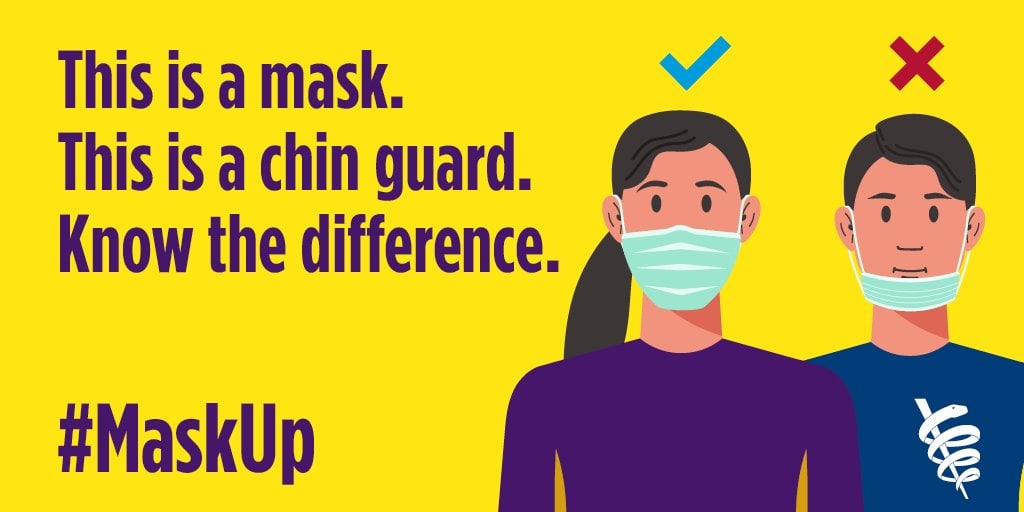
 American College of Emergency Physicians
American College of Emergency Physicians


